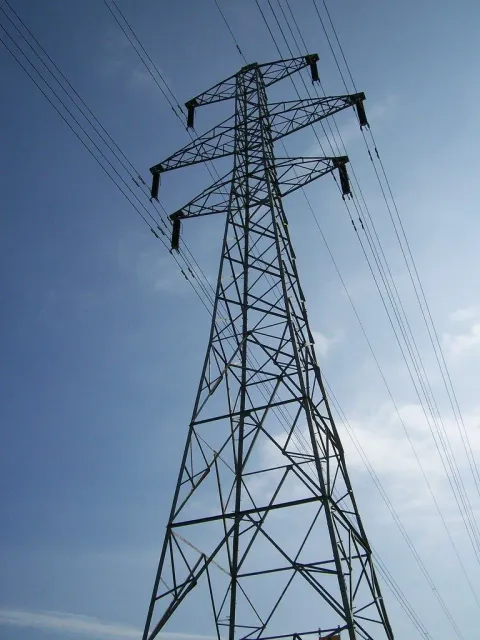What is the Capacity Market?
The Capacity Market (CM) was introduced as part of the Electricity Market Reform programme in 2014, to ensure the UK has sufficient capacity to meet future electricity demand.
What is the aim of the Capacity Market?
The aim of the CM mechanism is to facilitate security of electricity supply at the lowest cost to consumers. The CM is overseen by the Department of Energy Security and Net Zero (DESNZ) whilst the National Energy System Operator (NESO) acts as the CM delivery body, managing its operational aspects, including pre-qualification and auctions.
Who Participates and How Are They Paid?
There are a number of different CM participants, including electricity generators, storage facilities, demand side response providers and interconnectors, referred to as Capacity Providers. The CM operates by providing fixed monthly payments to Capacity Providers for generating or reducing demand during periods of system stress on the grid.
Participants are paid based on their ‘de-rated’ capacity, which is calculated by multiplying their nameplate capacity by a technology specific de-rating factor. These factors are reflective of the contribution the technology is expected to make to system security, and they range from a few percent for renewables, to over 90% for baseload thermal assets.
How does the Pre-Qualification Process Work?
Participants wanting to engage with the CM begin with pre-qualification, which is a process that enables companies to register their assets and confirm their eligibility to participate in the CM auctions. This is carried out prior to the auctions to ensure that all participants meet the required standards to deliver capacity when needed. There are numerous steps to the pre-qualification process, with participants required to register on the EMR portal and submit their pre-qualification application materials. NESO then reviews all submitted applications and published the results. At this stage, the applications that are denied are then able to raise a dispute and have the decision reviewed.
How do Capacity Market Auctions work?
After pre-qualification, participants enter the CM auctions. The auction operates through a descending clock format, where participants submit the lowest price at which they are willing to provide capacity within a delivery period. Over time, the auction price falls, and any capacity that submitted a price above the current auction price ‘exits’. This process continues until the required capacity is secured at the most cost-effective price. To provide an example, the T-1 Capacity Auction for delivery in 2025/26, resulted in 7.9GW of de-rated capacity being procured across 246 Capacity Market Units at a clearing price of £20.00/kW.
NESO operates T-1 and T-4 auctions, for delivery in 1 and 4 years respectively. The T-4 auction secures the majority of the capacity needed for the delivery year, whilst the T-1 auction acts as a ‘top up’ auction to address any shortfalls. The auctions offer different length contracts, T-1 auctions offering one-year contracts whilst participants in T-4 auctions can access multi-year contracts up to 15 years, if they are not yet generating power.
What Should Participants Consider Before Committing to the Capacity Market?
It should be considered that there are some restrictions as a result of the CM, as participants are unable to receive any other government subsidies at the same time as CM payments, including but not limited to the Renewable Obligation Certificates, Feed in Tariffs and Contracts for Difference. It is therefore important to assess the relative value of all routes to market, and the risks associated with each, before committing to a strategy.
The CM brings stability to Capacity Providers, investors and the power grid. In relation to Capacity Providers, the CM provides long-term stable revenues, with participants in T-4 auctions able to achieve contract lengths of up to 15 years. These stable and recurring payments are vital for Capacity Providers in the current climate as wholesale energy prices continue to be volatile, but also as they provide the financial certainty needed for investors to justify investment into new generation capacity. In addition, they support the continued deployment of renewable energy generation.
Find out how Cornwall Insight could support you in your Capacity Market journey. Whether you’re ready to apply or simply want to understand the opportunities and risks better, we’re here to help you every step of the way, please reach out and we'd be happy to discuss your needs.
James Cunningham (Senior Consultant) - j.cunningham@cornwall-insight.com


















